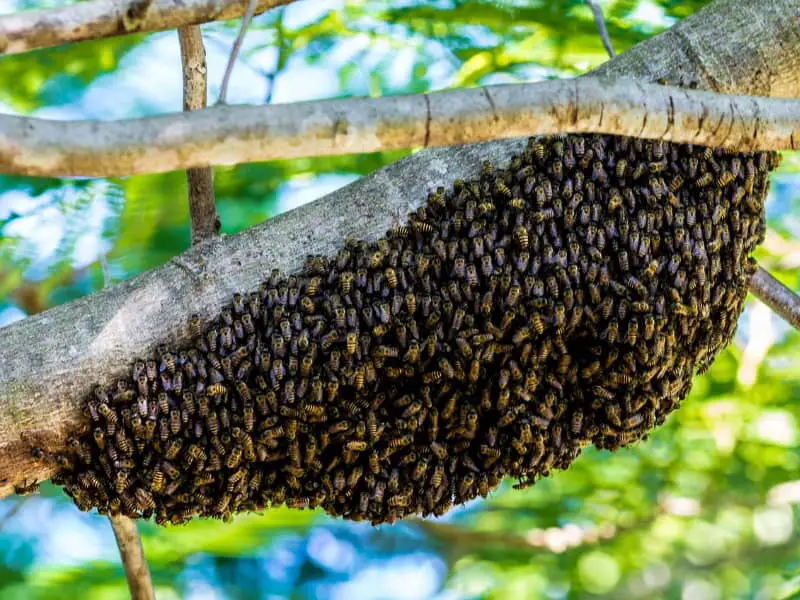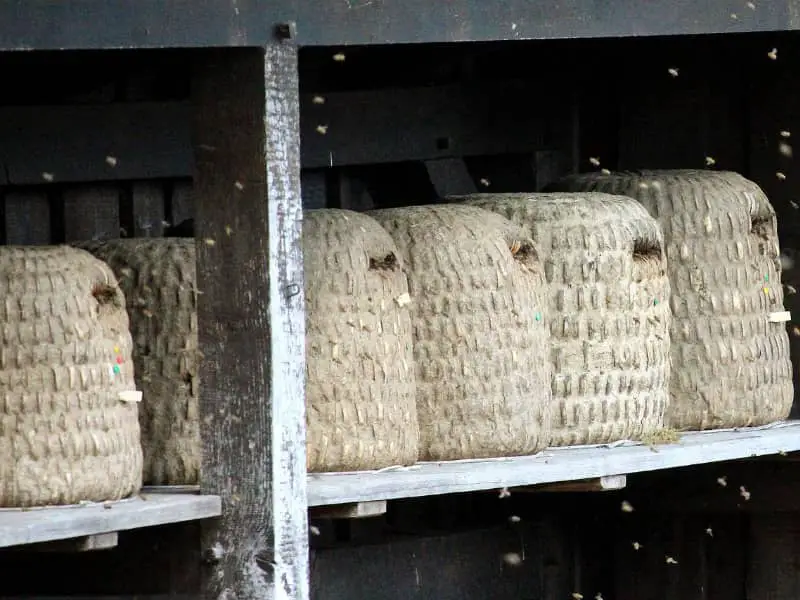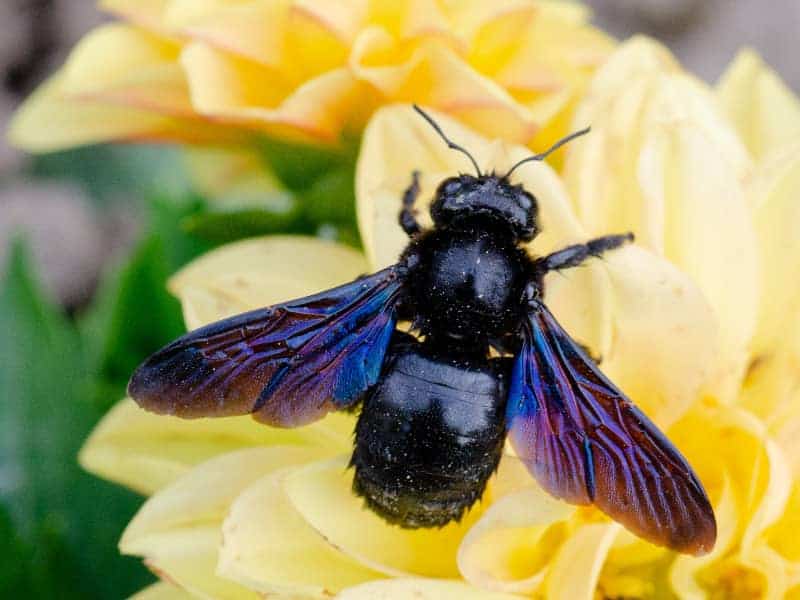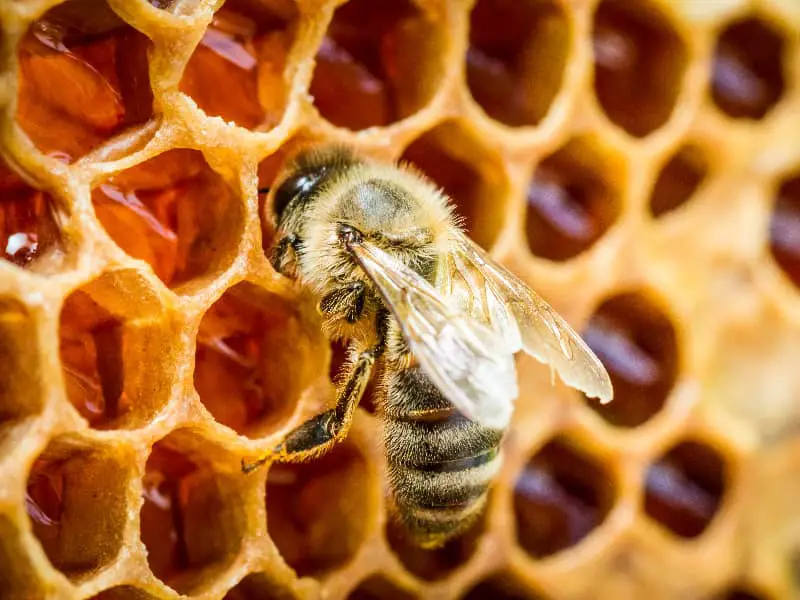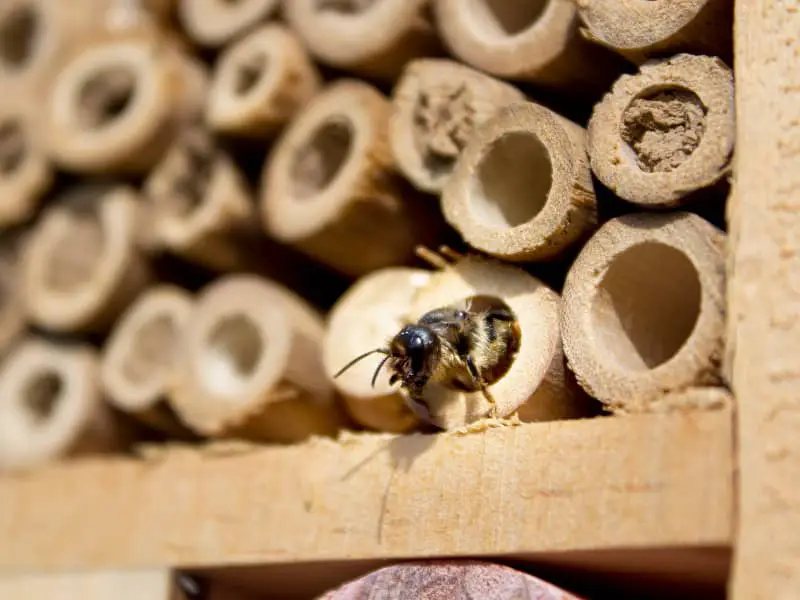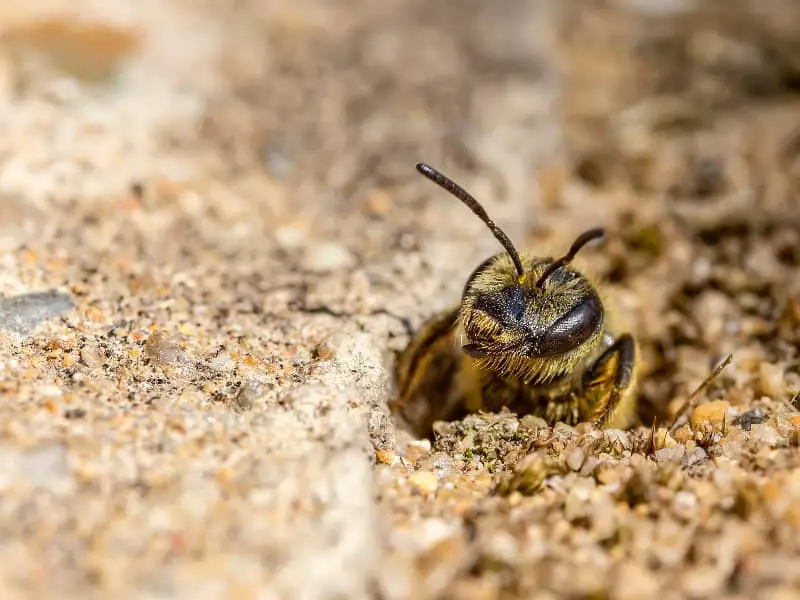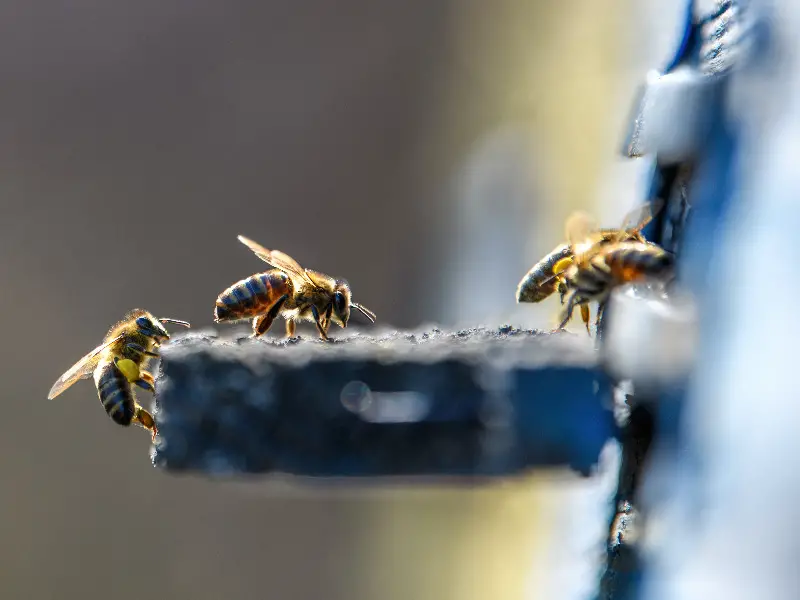
How do bees communicate?
Bees are fascinating creatures. For thousands of years, they have impressed humans with their tireless zeal for work, their organization into states, and their ability to communicate. Before you dive into the deep and complex ways bees communicate with each other, imagine what it would be like if we humans communicated with each other without words, only through movements, smells or even electromagnetic fields.
That's exactly what bees do. Let's get to the bottom of these mysterious communication channels together.
The tail dance - GPS in the bee kingdom
Have you ever wondered how bees find food sources and pass this information on to their fellow bees? This is where the so-called tail dance comes into play. When a bee finds a rich food source, it returns to the hive and performs this special dance. In doing so, it describes a kind of figure eight on the honeycomb, with the middle part, the "tail", indicating the direction and distance to the food source.
The angle between the vertical of the honeycomb and the tailing indicates the direction in relation to the sun. The more intense and longer the tailing, the closer and more productive the food. It is impressive how precise this communication is and how efficiently bees can use resources as a result.
Scents - the chemical language of bees
While the dance shows the bees direction and distance, there are also more subtle methods of communication, and here the scents or pheromones are the key. But why are these so important? Pheromones are chemical messages that bees use to convey various messages. For example, the queen releases pheromones that signal to the workers that she is present and healthy.
These pheromones keep the swarm together and also communicate that there is no need for a new queen. Likewise, there are alarm pheromones that bees release in the event of a threat to warn other bees. It is as if they have their own secret language consisting of different scents.
Tactile communication - touch says more than words
Besides the visual and chemical ways of communication, there is also the tactile way: communication by touch. In certain situations, for example when it comes to where new beeswax should be placed, tactile communication becomes important. Through small bumps or touches with the antennae, bees can communicate their intentions or agreement to a certain action.
This shows how versatile the communication system of these small insects is and how they manage to function so effectively as a community.
Electromagnetic fields - bees and the sixth sense
Possibly one of the most amazing discoveries is that bees are able to detect electromagnetic fields. But why and how? Research has shown that bees can sense electromagnetic fields generated by flowers. These fields can give bees clues about the flower's nectar supply.
It is a fascinating and not yet fully understood form of communication that shows how profound and complex the relationship between bees and their environment is.
Acoustic signals - The voice of bees
Another fascinating means of communication in bees are the acoustic signals. Yes, bees can "buzz" and do so in a variety of frequencies and patterns. This buzzing not only has to do with flying, but can also serve as a means of communication. In particular, when forming swarms or choosing a new nesting site for a swarm, such signals can be important.
For example, a low-pitched buzz can serve as a warning signal to other bees, while a short, high-pitched buzz can attract other bees. This acoustic feedback allows bees to quickly adapt and respond to changes in their environment.
Thermoregulation - A warm conversation
Another amazing way bees interact with each other is through temperature regulation. This may not be the first thing you think of as "communication," but for bees, it's critical. The temperature in the hive must be kept constant, especially when it comes to protecting the brood.
Bees can generate heat by shivering and use this heat to send messages to other bees. For example, if it gets too cold in one part of the hive, the bees there may start shivering to raise the temperature.
This signals other bees to come to the rescue and produce heat as well. It is a fascinating example of how bees work together and support each other.
Orientation to the sun
Although this is not directly a "communication" in the traditional sense, it is important to mention how bees use the sun for orientation. The tail dance, which we have already discussed, refers to the position of the sun in relation to the food source. But how do bees do this when the sun is not visible, for example on a cloudy day?
Bees have the amazing ability to orient themselves using ultraviolet light and the polarization pattern of the sky. This gives them a constant directional reference that they can use to effectively communicate where food sources are located.
Antennas - The bees' highly sensitive sensors
The antennae of bees are their main communication tools. They are equipped with a variety of sensory cells that allow bees to detect pheromones and other chemical signals. But did you know they are also used for tactical communication? Bees use their antennae to contact each other, recognize each other, or even to "say hello." It's as if they have their own fingerprints that make each bee unique.
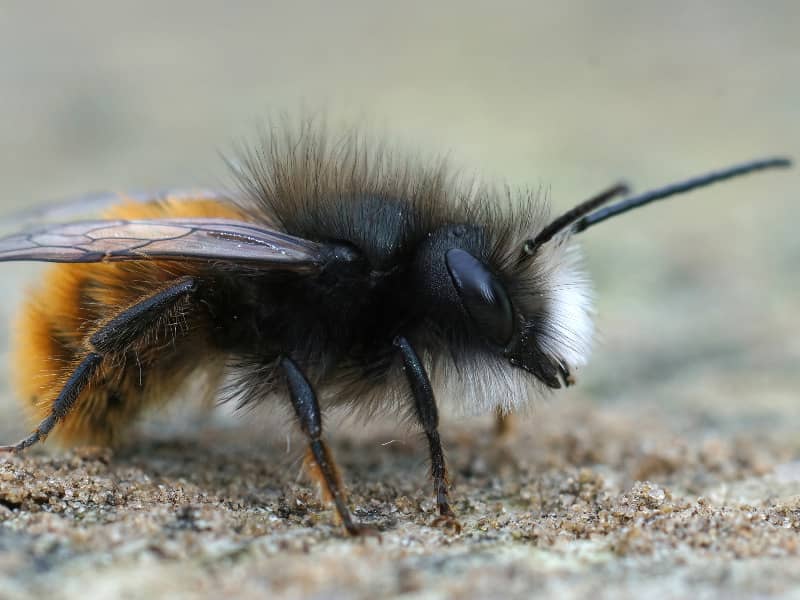
Food sharing - sharing as a means of communication
One of the most basic forms of communication in bees is food transfer. Workers that collect nectar often return to the hive and feed other bees through a process called trophallaxis. This process is not only a simple food transfer, but also a means of communication.
Sharing food allows bees to pass on information about the quality and location of the food source. It is a simple but effective way for bees to share knowledge and resources within the hive.
Age and task - A dynamic system
In a hive, not every bee has the same job. From feeding the brood to collecting nectar to defending the hive, each bee has a specific role. But how do they know what to do? Age and communication are crucial here.
Young bees tend to work inside the hive, while older bees venture outside. Communicative interactions, often through pheromones or tactile signals, help regulate this division of roles and ensure that the hive functions efficiently.
Disease detection - community protection through communication
Bees have also developed methods to detect sick or infected members of their colony. Through behavioral changes and chemical signals, they can determine when a bee poses a potential threat to the hive. This can lead to isolation or even removal of the sick bee. This system of "social immunity" shows how communication directly contributes to the survival and prosperity of the hive.
Conclusion: How bees communicate
You might ask yourself, "How did bees evolve these complex communication pathways?" Evolution and adaptation are the key words here. Over millions of years, bees have adapted to different environments and challenges. These adaptations have allowed them to survive and thrive in nearly every ecosystem in the world.
Their ability to communicate has enabled them to organize themselves into large groups, use resources efficiently, and respond to threats. It is this impressive versatility and adaptability that makes bees one of the most successful insects on our planet.
There is so much more to discover and understand about bees and their methods of communication. These amazing little creatures have shown us that communication can exist in many forms, and it doesn't always take words to get a message across.
Whether through dance, scent, touch, or even temperature, bees have developed a unique and complex language that allows them to survive and thrive as a community. It's a constant reminder of how amazing and wonderful nature is.
Author

-
Garden animal - A life with nature
Welcome to my animal blog! My name is Dirk and I am happy to take you on my journey through the fascinating world of animals and gardening.
Born 54 years ago, I have had an insatiable curiosity for the animal world around me since childhood. Although I have moved professionally in other industries, my true passion has always been animals and nature. It is remarkable how a small garden has become such an important part of my life.
Many of my fondest memories are associated with the animals that share our home. Whether it's the curious squirrels that scurry across the trees in the morning, the colorful variety of birds that visit our feeders, or the busy bees and butterflies that pollinate our flowers, every moment with them is invaluable to me.
This blog is my contribution to share my experiences, discoveries and insights with like-minded people. Here I will share stories of unforgettable encounters with animals, give tips on gardening and creating wildlife-friendly habitats, and take you on my journeys through nature.
Thank you so much for being here!
Cordial,
Dirk aka garden animal
Last posts
- 27. February 2024PetsVeganes Hundefutter – Grün und Gesund?
- 18. January 2024ChickensOregano für Hühner
- November 27, 2023HamsterDiurnal hamsters
- November 24, 2023HamsterHamster hammock

